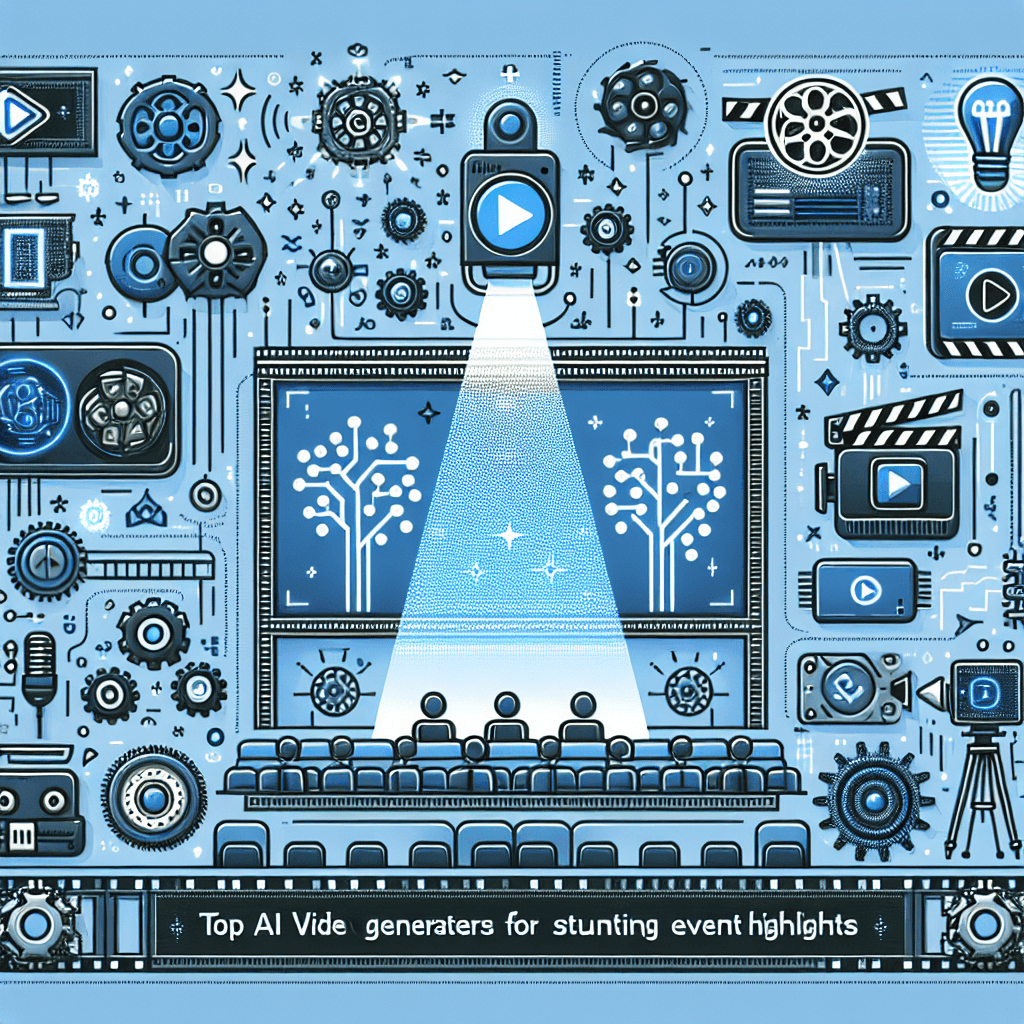In an increasingly digital world, businesses are turning to innovative solutions to maintain a competitive edge. As we step into 2025, personalized ad targeting powered by artificial intelligence (AI) is on the rise. This article explores the top AI tools set to revolutionize marketing strategies, enhance customer engagement, and drive conversions.
The Evolution of Personalized Advertising
The evolution of advertising has come a long way, transitioning from traditional methods to sophisticated, data-driven approaches. As consumer behaviors evolve, marketers are leveraging AI to create highly personalized ad experiences. But what does this mean for businesses in 2025?
AI algorithms analyze vast amounts of data in real time to predict customer preferences and behaviors. This capability allows marketers to tailor their campaigns to specific audiences, ensuring that each customer receives content that resonates with them. The importance of personalized advertising will only grow as we progress through the next decade.
The Role of Data in AI Ad Targeting
Data is the backbone of any AI-driven advertising strategy. In 2025, the ability to gather and analyze consumer data in real time will be crucial. Marketers will rely on both first-party data (obtained directly from users) and third-party data (collected through partnerships or purchases) to create effective personalized campaigns.
Furthermore, data privacy regulation is becoming more stringent, pushing businesses to prioritize ethical data collection and usage. As a result, companies need to adopt tools that can navigate these regulations while generating insights for targeting.
Key Features of AI Tools for Ad Targeting
When selecting AI tools for personalized ad targeting, marketers should look for several key features:
Real-time Analytics: Tools should provide immediate insights into ad performance and consumer engagement.
Customer Segmentation: Sophisticated segmentation capabilities enable marketers to customize content for various demographic and behavioral profiles.
Predictive Analytics: Tools must harness predictive algorithms to forecast customer behaviors and optimize ad spend.
Cross-Platform Capabilities: Ads should seamlessly integrate across different platforms, ensuring cohesive branding and messaging.
- Automation: Automation of tasks such as bidding and ad placement can save time and enhance efficiency.
Top AI Tools to Watch in 2025
1. Google Ads AI
Google Ads continues to lead industry innovation with its AI capabilities. By utilizing machine learning, Google Ads analyzes user behavior and interests, optimizing ad placements for maximum engagement. Features like Smart Bidding automate the bidding process, ensuring advertisers get the best results for their budget.
2. Facebook Ads Manager
Facebook’s advertising platform leverages AI to improve ad targeting capabilities. The platform’s machine learning algorithms assess user interactions and preferences, allowing marketers to create custom audiences and lookalike audiences. This targeted approach increases the relevance of ads, fostering higher conversion rates.
3. Adobe Advertising Cloud
Adobe’s suite offers comprehensive data and analytics tools that integrate with their Creative Cloud services. The Advertising Cloud harnesses AI to provide insights on creative performance and audience engagement. Its ability to optimize ad spend across various channels makes it an indispensable tool for marketers in 2025.
4. HubSpot Marketing Hub
HubSpot’s Marketing Hub employs AI to personalize content at every stage of the customer journey. Features like predictive lead scoring and smart content suggestions help businesses tailor their marketing strategies in real time, ensuring that customers receive pertinent information when they need it most.
5. LinkedIn Campaign Manager
For B2B marketers, LinkedIn Campaign Manager offers powerful AI-driven insights that enhance targeting capabilities. Through deep user analysis, it identifies professionals who are most likely to engage with specific ads, maximizing the impact of advertising spend.
6. Criteo
Criteo specializes in retargeting, using AI to track user behavior across the web. Their technology analyzes past purchase behavior and browsing patterns to serve relevant ads, ultimately increasing the likelihood of conversions.
7. AdRoll
AdRoll is a comprehensive advertising platform that utilizes AI to create personalized advertising experiences across various channels. Its cross-channel capabilities ensure that customers are consistently targeted, regardless of where they are in the purchasing process.
8. Segment
Segment is a customer data platform that helps businesses collect and unify customer information. By using AI to streamline data collection, Segment allows for more refined segmentation and personalized marketing strategies.
9. Klaviyo
Klaviyo’s focus on e-commerce marketing allows retailers to use AI for personalized email campaigns and targeted ads. Its predictive analytics help businesses understand customer lifetime value, enabling them to tailor strategies accordingly.
10. BlueConic
BlueConic helps marketers create personalized experiences by unifying customer data into comprehensive profiles. This data-driven approach allows businesses to engage customers in meaningful ways across multiple touchpoints.
Trends Shaping the Future of AI in Advertising
As 2025 approaches, several key trends are likely to shape AI in advertising.
Increased Focus on Privacy and Ethics
With heightened consumer awareness about data privacy, personalizing ads must also take ethical considerations into account. In 2025, tools that transparently manage data consent will be essential for building trust with consumers.
Voice Search Optimization
As voice search technology gains popularity, businesses will need to adapt their advertising strategies accordingly. AI tools that analyze voice search patterns will become increasingly important for targeting consumers based on their spoken queries.
Enhanced Creative Development
AI will evolve beyond targeting and analytics to impact the creative side of advertising. Expect tools that use machine learning to create and test ad variations in real time, optimizing for what resonates best with audiences.
Improved User Experience with AR/VR
Augmented reality (AR) and virtual reality (VR) are set to transform the way consumers interact with ads. AI tools that facilitate immersive experiences will allow marketers to create personalized content that captures consumers’ attention in new ways.
The Importance of Continuous Optimization
Personalized ad targeting is not a one-time effort; it requires continuous optimization. AI tools enable marketers to adapt their strategies based on real-time performance data, ensuring that campaigns are consistently effective. This adaptability is what empowers businesses to achieve their marketing goals in a rapidly evolving landscape.
The Future of AI-Powered Marketing Strategies
As we look towards 2025, the integration of AI tools into advertising strategies will become ubiquitous. Businesses that leverage these tools will not only achieve better targeting but will also foster stronger connections with their audiences. By understanding customer needs and preferences, they can increase customer satisfaction and drive loyalty.
Conclusion
The future of personalized ad targeting is bright, powered by an array of advanced AI tools shaping how businesses connect with their audiences. As companies adopt these technologies, ensuring ethical data practices and prioritizing user experience will be vital. By focusing on personalization, and embracing innovation, businesses in 2025 will be well-positioned to thrive in the competitive digital marketing landscape, ultimately enhancing engagement and driving growth.








